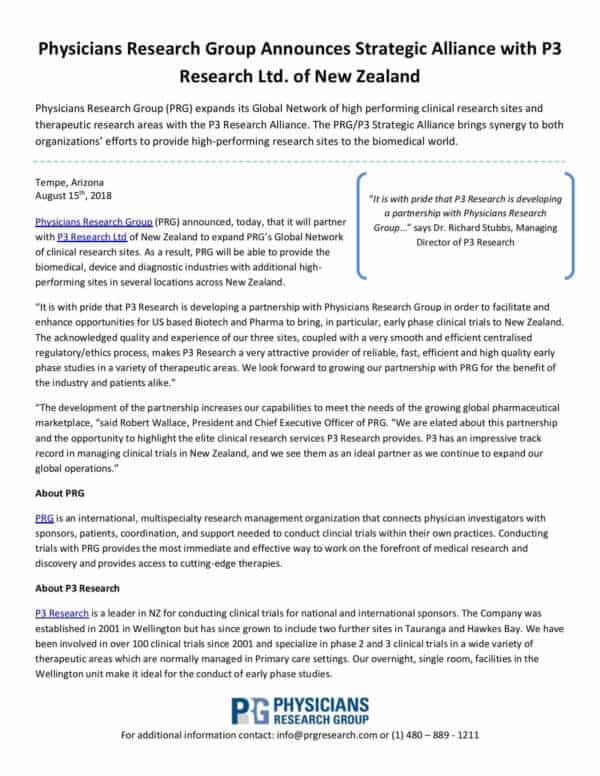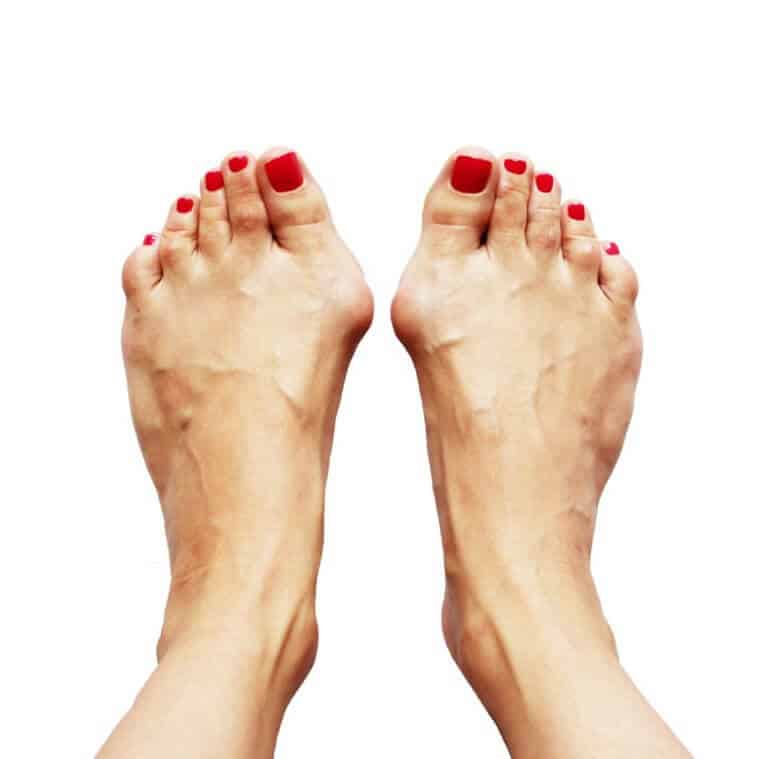Rosacea Treatment
This Study is Closed to Enrollment
If you suffer from rosacea, you have something in common with the late Princess Diana, Bill Clinton, and over 16 million other Americans.
Rosacea is a common skin condition that creates redness in the face and may produce small, red bumps. It mainly occurs in middle-aged women with fair skin, but as we see with Bill Clinton, it can occur in anyone. Rosacea can worsen over time, and signs and symptoms may flare up for weeks to months before subsiding.
What causes rosacea?
The specific cause of rosacea is unknown. It is believed to be caused by a combination of hereditary and environmental factors. However, we know that rosacea can be aggravated when you increase the blood flow to the surface of your skin.
Risk factors for developing rosacea;
- fair skin
- between the ages of 30 and 60
- woman
Some factors that can trigger rosacea are;
- hot foods or beverages
- spicy foods
- alcohol
- hot temperatures
- sunlight
- stress
- strenuous exercise
- drugs that dilate blood vessels
The next time you are thinking about hitting up that Thai restaurant and adding the extra spice to your meal remember that the hotness you are feeling in your mouth may flush up and show on your cheeks.
What are the signs and symptoms of rosacea?
Rosacea can be mistaken for an allergic reaction or acne. So, how do you know if your red cheeks are rosacea or a flare up of something else?
Rosacea will cause a persistent redness in the central region of the face. It is common to see small blood vessels on your cheeks or nose, and you may see bumps develop that look like acne. People with rosacea can also experience dry eyes, irritated eyes or swollen eyes.
How can you treat rosacea?
At this time, there is no cure for rosacea, but there are treatments that can control and reduce the signs and symptoms of it. Some prescription drugs that are currently being used to help treat rosacea are antibiotics that have anti-inflammation effects and acne drugs like Claravis.
Learn what environmental factors cause flare-ups and avoid them!
Wear sunscreen, wash problem areas with a gentle cleanser and avoid irritating your skin by touching it too much. Most people will notice an improvement within one or two months of starting treatment. There are also clinical trials going on all around the world to find better treatment for rosacea.
PRG may be able to assist you!
If your rosacea continues to flare up and is disrupting your life, or affecting your confidence, there may be additional help. Physicians Research Group (PRG) is at the time of this writing, working with leading dermatologists and pharmaceutical companies to help research new, more effective treatments for rosacea. Contact PRG to find out how you can become a participant in a clinical trial. You might end up helping yourself, and millions of other rosacea sufferers in the process!



